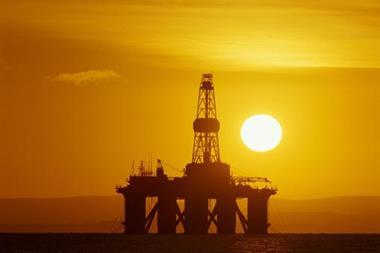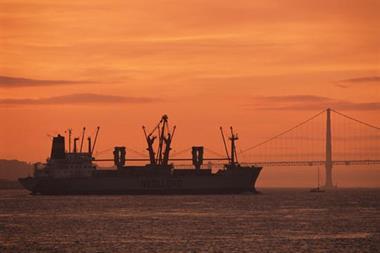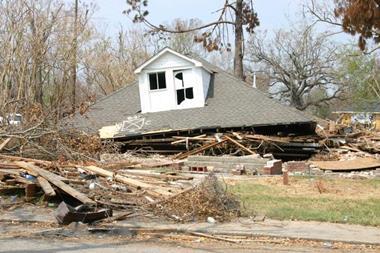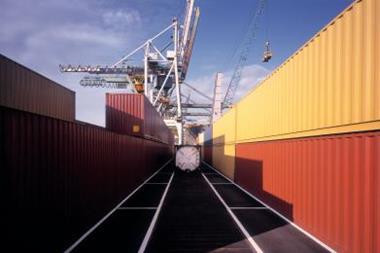Aon launches annual Marine Insurance Market Review
The marine industry is set for a continued run of favourable insurance premiums in 2008, despite facing higher risks, according to new research from Aon.
Aon’s 2008 Marine Insurance Market Review said the cargo and liability markets offer a win-win situation to ship and cargo owners who are paying less and underwriters who remain profitable due to few claims – at least for the time being.
Rates for well managed risks are expected to continue falling throughout 2008 by up to 10%. This positive outlook is due to a plentiful supply of capacity combined with a low level of claims creating fierce competition between underwriters. The relatively benign claims environment reflects major advances in recent years in ship design, cargo handling and general maritime safety.
However, the market is turning for protection & indemnity (P&I) and the clubs have announced big rate increases for 2008 in response to a surge in the size of large claims. Neither is the situation quite so rosy in hull and machinery, where losses are starting to impact the accounts of many insurers, although not to the same extent as in P&I.
For the shipping industry, two continuing key risks threaten to increase the size and cost of claims:
• crew shortages and a dwindling pool of skilled officers in the marine industry could result in increasing claims due to human error. At the same time, shipyards are working at full capacity on new builds and these additional ships will exacerbate the existing crew shortage, especially for complex vessels such as the new generation of LNG tankers. The industry must focus on recruitment, training and retention programmes.
• bigger ships, tankers and dredgers are creating bigger concentrations of risk and magnifying the potential scale of disaster for P&I, liability and cargo insurers as well as hull underwriters.
“Rates for well managed risks are expected to continue falling throughout 2008 by up to 10%.
Peter Dobbs, CEO of Aon’s marine team, commented: “Although the short term prospects for insurers and shipowners are generally very favourable, the combination of falling premiums and rising risk does ultimately hold the potential to destroy this equilibrium. And, as we are seeing in the P&I market, that could provoke a dramatic response from insurers as they try to restore the balance between premiums and claims.”
The report provides insight on rates, capacity and outlook for the key marine markets in 2008. Highlights include:
Hull – Rates are reducing by 5-10%. Insurer accounts are unlikely to be profitable due to the combination of falling rates and emerging losses – most are subsidising hull business with profits from other lines. Korean, Japanese and Singaporean insurers are aggressively writing international tonnage.
Cargo – Ample capacity and few claims are resulting in savings of around 10% at renewal and profitable accounts for insurers. London maintains the role of leading rate setter on the majority of complex global placements. Meanwhile, Singapore is emerging as an international force for straightforward risks. Outside of London, insurers are willing to tempt clients with offers of much lower deductibles.
P&I – The surge in costly P&I pool claims in 2006 could be a sign of the times as booming shipping operations become more expensive. In anticipation, P&I clubs are already initiating increases of 10-20% in shipowners’ premiums at the next renewal in February 2008.
Liability – Rate reductions are expected around 5-10%. Liability deductibles are fairly stable after years of increases to stay ahead of rapidly rising litigation costs. Capacity is growing and becoming more global, notably in the Asian hubs of Singapore and Hong Kong.
Yachts – In 2004 the world population of super yachts (30 metres plus) was around 4,000. It now stands close to 7,000 and boat builders are struggling to keep pace with demand. After several years when annual increases were in the region of 10-15%, rates began to level off in 2006/7. By the end of 2007 early signs of softening had begun to emerge, but were generally limited to newly built vessels. Rates may come under slight pressure during 2008 simply because of the amount of capacity entering the market.




















No comments yet